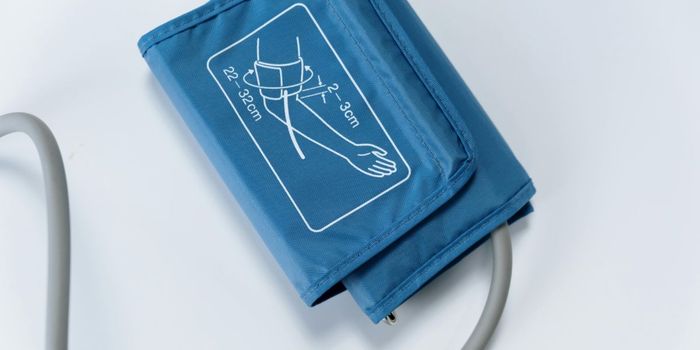Investigating the Mechanism Behind 5-Fluorouracil's Cardiotoxicity
Cancer therapies have come quite far, with several options available for many cancers. An issue that has plagued many of these treatments is toxicity, with cardiotoxicity being one of the biggest problems.
The chemotherapeutic 5-fluorouracil is an example of a chemotherapy that can cause severe cardiotoxicity. Symptoms from the toxicity vary wildly from heart failure to hypertension. The mechanisms behind these symptoms are still not fully understood, with many studies pointing to different explanations. A new study out of Cairo University sought to investigate further and possibly find the root cause.
The study intended to look at the mechanisms surrounding 5-fluorouracil’s toxicity to isolate what could be happening. They examined several different cellular pathways tied to cardiovascular disease and sought to investigate if the biomarkers brain natriuretic peptide (BNP) and NT-proBNP might act as prognosis indicators. Finally, they wanted to see if the drug simvastatin could protect the heart from 5-fluorouracil’s cardiotoxicity.
To do this, the study relied on mouse models. Mice were split into four groups; one treated with 5-fluorouracil alone, one treated with simvastatin alone, one treated with both, and a control to compare them. Biomarkers and clinical indicators were taken from each group and compared against each other.
The group treated with 5-fluorouracil alone saw a dramatic decline in survival. Simvastatin seemed to alleviate most of the problems, with the mice having a milder mortality rate. 5-fluorouracil also appeared to induce several adverse cardiac events, which simvastatin coadministration again seemed to prevent.
Following several biomarkers, they found that while some universal cardiac biomarkers were silent to 5-fluorouracil cardiotoxicity, NT-proBNP was not. 5-fluorouracil increased NT-proBNP three-fold, which simvastatin managed to bring down significantly. 5-fluorouracil also seemed to activate the ERK1/2 and ROCK pathways and increase oxidative stress and inflammation. Simvastatin again managed to alleviate most of these symptoms, although not wholly preventing them.
This study identified an interconnected set of several pathways, including oxidative stress and inflammation, that could help explain the mechanism behind 5-fluorouracil’s cardiotoxicity. It also identifies NT-proBNP as a better prognostic marker for cardiotoxicity in this case. Simvastatin seemed to have a strong cardioprotective effect against 5-fluorouracil, although this study did not test it in actual cancer treatment.
The study concludes, “The current study highlights the involvement and crosstalk of several signaling pathways in the 5-FU-induced cardiac injury.” and “The study also substantiates the cardioprotective potential of Sim against 5-FU-induced injury by manipulating these pathways.”









